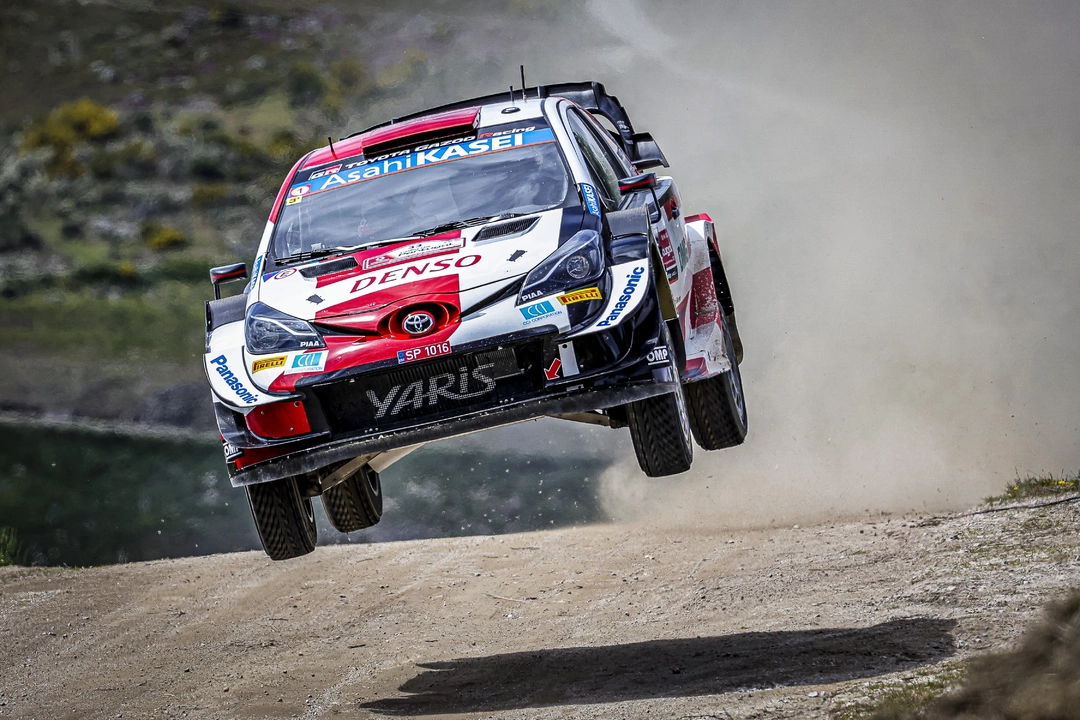Off‑Road Motorsports: Essential Guide for Beginners and Fans
Ever wondered what makes a car roar over sand dunes or zip through mud pits? Off‑road motorsports blend raw power, skill, and a love for rugged terrain. Whether you watch from the stands or dream of gripping the wheel, a quick rundown can help you get into the action without feeling lost.
Types of Off‑Road Racing
First off, there’s rally. Drivers race on closed public roads, jumping from tarmac to gravel with a co‑driver shouting pace notes. The World Rally Championship is the biggest stage, but local clubs host regional events that are just as thrilling.
Then comes desert racing. Think Baja 1000 or the Dakar Rally—long, grueling routes across dunes, rocks, and empty plains. Vehicles are heavily modified with reinforced suspensions and extra fuel tanks to survive hundreds of miles without a pit stop.
Another fan‑favorite is short‑course off‑road, often run on purpose‑built dirt tracks. These races are short, intense, and perfect for spectators. They feature everything from buggy‑style cars to modified trucks, each screaming around tight corners and big jumps.Finally, there’s hill‑climb. Drivers race up steep, twisty roads against the clock. The challenge is keeping traction while battling gravity—perfect for those who love a technical puzzle.
Getting Started on the Dirt
If you’re ready to try off‑road yourself, start with a reliable, modestly powered vehicle. A used Subaru WRX, Toyota 4Runner, or a stripped‑down Jeep is a common entry point. Spend time learning basic maintenance: check tire pressure, tighten suspension bolts, and keep the undercarriage clean after each run.
Safety gear matters. A full‑face helmet, fire‑resistant suit, gloves, and a sturdy harness can mean the difference between a fun day and a serious injury. Many local clubs run “learn‑to‑drive” sessions—take advantage of them. You’ll get on‑track time with experienced instructors and learn the correct line‑taking technique for loose surfaces.
Practice makes perfect. Start on a low‑speed off‑road park to master throttle control and braking on gravel. Once comfortable, push the limits gradually—try steeper climbs, tighter turns, or a short sand dune. Keep a log of your lap times and vehicle settings; small tweaks in tire pressure or wing angle can shave seconds off your runs.
Finally, join the community. Forums, Facebook groups, and local meet‑ups are gold mines for advice, event calendars, and spare parts. Sharing stories about a busted differential or a perfect line through a mud pit fosters camaraderie and keeps you up‑to‑date on the latest gear.
Off‑road motorsports aren’t just about speed; they’re about adapting to ever‑changing terrain and learning how your machine reacts. With the right prep, safety gear, and a dash of curiosity, you’ll be tearing through mud and sand in no time.

What is rally racing?
Derek Kingsworth May 10 0As a racing enthusiast, I've always been fascinated by rally racing. In a nutshell, rally racing is a form of off-road motorsport where drivers and their co-drivers navigate through diverse terrains and unpredictable weather conditions in specially modified vehicles. Unlike circuit racing, rally races take place on public or private roads, and teams race against the clock to complete each stage in the shortest time possible. One of the key aspects of rally racing is the teamwork between the driver and co-driver, as they rely on each other to make split-second decisions during the high-speed race. In my opinion, rally racing is not only thrilling but also showcases the true test of a driver's skill, adaptability, and endurance.
More Detail